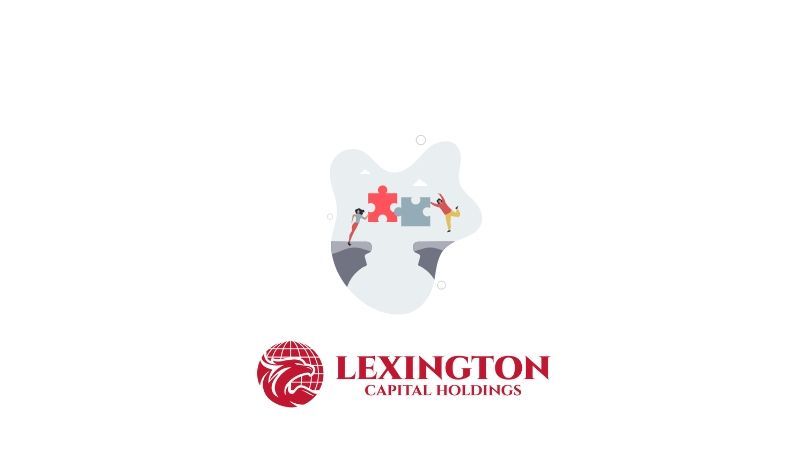The Unsung Heroes of America: The Indispensable Role of Trucking in Our Daily Lives

Often overlooked amidst the hustle and bustle of modern life, the trucking industry stands as an unsung hero, silently orchestrating the complex symphony of commerce that underpins our daily routines. From the moment we wake up to the familiar aroma of freshly brewed coffee to the comforting sight of stocked grocery store shelves, the invisible hand of trucking is hard at work, ensuring that the goods and services we depend on are delivered efficiently and seamlessly.
The Backbone of American Commerce
Trucking is the lifeblood of the American economy, transporting a staggering 70% of all freight across the nation's vast network of highways. This intricate web of roads is traversed by an army of over 3.5 million truck drivers, tirelessly navigating through sun, rain, and snow to deliver the essentials that keep our society moving.
Connecting Businesses and Consumers
Trucks act as the vital link between businesses and consumers, bridging the gap between production and consumption. They transport raw materials to manufacturing plants, finished products to distribution centers, and ultimately, those products to the shelves of our local stores. This intricate ballet of movement ensures that the goods we need and desire are available when and where we need them.
Fueling Economic Growth
The trucking industry is not just a logistics provider; it is a driving force behind economic growth. With over $791.7 billion in annual revenue and employing over 7.8 million people, trucking generates significant economic activity across the nation, supporting businesses of all sizes and fostering job creation in communities both large and small.
A Pillar of Infrastructure Investment
Trucking companies play a crucial role in maintaining and expanding our nation's infrastructure. The taxes they pay directly contribute to the development and upkeep of roads, bridges, and other transportation systems that are essential for the efficient movement of goods. This investment in infrastructure not only facilitates the flow of commerce but also enhances connectivity and promotes economic growth across the country.
Ensuring Everyday Necessities
The impact of trucking extends far beyond the realm of commerce; it is deeply intertwined with our daily lives. Trucks deliver the food we eat, the clothes we wear, the fuel that powers our vehicles, and even the medications that keep us healthy. Without the tireless efforts of truck drivers, our homes would be empty, our factories would halt, and our way of life would be fundamentally disrupted.
Challenges and Opportunities on the Horizon
Despite its unwavering importance, the trucking industry faces a number of challenges, most notably a growing driver shortage, rising fuel costs, and supply chain disruptions. These challenges threaten to disrupt the smooth flow of goods and services, potentially leading to shortages and price increases.
However, the industry is also embracing technological advancements and innovative solutions to address these challenges. The development of electric trucks promises a cleaner and more sustainable future for trucking, while autonomous driving technologies have the potential to revolutionize the industry by enhancing safety and efficiency.
Conclusion: An Indispensable Industry
Trucking is not just an industry; it is the lifeblood of America. It is an intricate network of dedicated individuals and innovative technologies that silently ensures the smooth flow of goods and services that underpin our daily lives. As we navigate the challenges and opportunities that lie ahead, it is imperative to recognize and appreciate the indispensable role of trucking in maintaining the economic vitality and well-being of our nation.

When you apply for business funding, your application goes through a critical stage—underwriting. This is where lenders evaluate risk and determine whether your business qualifies for financing, and under what terms. Understanding what underwriters look for can help you strengthen your application, avoid delays, and increase your approval odds.

Not every business enjoys a steady stream of income. For many companies—especially those in seasonal industries, contracting, or project-based work—revenue can shift dramatically from month to month. These ups and downs are normal, but they can make managing cash flow, payroll, and operating expenses challenging. At Lexington Capital Holdings, we understand that fluctuating revenue doesn’t mean instability—it just means you need the right financial tools to stay balanced and grow confidently.

The Challenge of Hyper-Growth For many startups, growth isn’t the problem—it’s managing it. Rapid scaling demands capital for hiring, marketing, technology, and operations. But too often, founders find themselves cash-strapped right when they need resources the most. Choosing the right financing strategy can be the difference between sustainable growth and burning out too soon.

When it comes to business financing, the terms you secure are just as important as the funding itself. Lower interest rates, flexible repayment schedules, and higher approval amounts can mean the difference between simply surviving and setting your business up to thrive. The good news? Business owners often have more negotiating power than they realize. At Lexington Capital Holdings, we’ve seen firsthand how preparation and strategy can help secure stronger terms. Here’s how you can do the same:

For many businesses, waiting on customer payments can feel like standing still when you’re ready to move forward. Delayed invoices, extended payment terms, or slow collections create cash flow gaps that make it harder to cover expenses, pay employees, or seize new opportunities. The truth is—even successful, profitable companies face this challenge. The key isn’t avoiding it, but managing it strategically with the right funding solutions

Securing business funding is a milestone—but the real impact comes from how you put that capital to work. Every dollar borrowed should fuel momentum, strengthen operations, and generate measurable returns. Unfortunately, too many businesses stop at “getting approved” and miss the chance to maximize their return on investment (ROI). At Lexington Capital Holdings, we believe funding isn’t just about access to capital—it’s about creating opportunity. Here’s how to ensure your financing delivers the highest ROI:

In today’s fast-paced business environment, standing out from the competition requires more than just great products and services—it takes strategy, timing, and smart financial decisions. One of the most overlooked tools in building and maintaining a competitive advantage is business financing. When leveraged correctly, financing doesn’t just help you “get by”; it can actually position your business to outpace competitors and capture new opportunities.

In business, surprises aren’t a matter of if—they’re a matter of when. Whether it’s a sudden equipment breakdown, an unexpected dip in sales, or a market shift that requires quick adaptation, unforeseen expenses can test even the most successful companies. The difference between thriving and struggling often comes down to how well you’ve prepared.

When most business owners hear the word debt, it sparks feelings of stress or risk. But here’s the truth—debt isn’t always a bad thing. In fact, when managed strategically, debt can become one of the most powerful tools to grow, stabilize, and scale your business. At Lexington Capital Holdings, we work with business owners every day who are navigating this very question: Is taking on debt the right move for me? Let’s break down the difference between “good” and “bad” debt so you can make informed financial decisions.

In today’s business world, financing options are everywhere—but choosing the right path can feel overwhelming. From traditional bank loans to alternative lending solutions, the fine print and fast-changing requirements often leave business owners spending more time deciphering funding terms than actually running their businesses. That’s where the value of a dedicated funding advisor truly shines. At Lexington Capital Holdings, we’ve seen firsthand how personalized guidance can transform the funding experience for business owners of all sizes.

